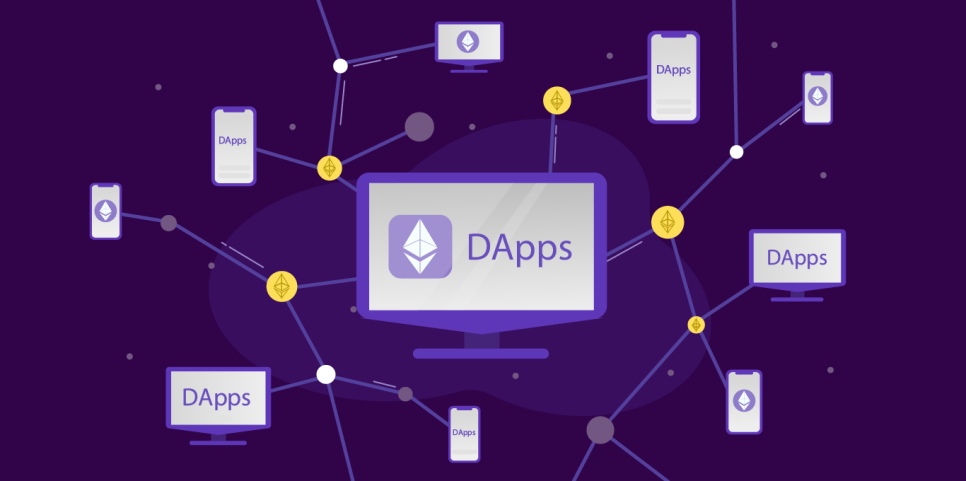We share verified earning schemes daily on Telegram.
In our Telegram channel, you'll find crypto signals, insider info on HYIPs, combo deals for tappers, and coin giveaways. Only verified earning methods without fluff.
Any application has an owner who profits from their project. This conventional notion changed with the emergence of decentralized applications, or DApps. Such applications are owned by no one, cannot be deleted, or suspended. The Ethereum platform was the first to enable the creation of decentralized applications.
How Decentralized Applications Work
The decentralized Ethereum virtual machine made it possible to create applications with the following properties:
- open-source code;
- use of blockchain technology;
- presence of native tokens and a consensus algorithm.
The code is stored simultaneously on all devices of the network participants and is available for review. Control over the application is accessible to members of a specific community. By majority vote, they decide the future of the project, propose possible edits, and improvements.
Any application consists of two parts:
- frontend — the user interface, which is what the user interacts with;
- backend — the database responsible for the application's operation, stored on the company's servers.
Advantages of DApps
Such applications have the following advantages:
- no censorship — governments or law enforcement agencies cannot delete or modify the application, and corporations cannot acquire it;
- transparency — such applications do not spy on users, and open-source code allows one to know the full list of application functions;
- availability at any time — the application will continue to operate as long as there is at least one user in the network. Moreover, DApps are free from various delays and operational issues;
- user actions are rewarded with tokens. Often, hosting an application on one's computing resources generates income.
Where DApps Are Used
DApps have found widespread use and are utilized for:
- cryptocurrency exchange and trading;
- powering auctions, games, and marketplaces;
- user identification and storage of personal data.










Information
Users of Гости are not allowed to comment this publication.